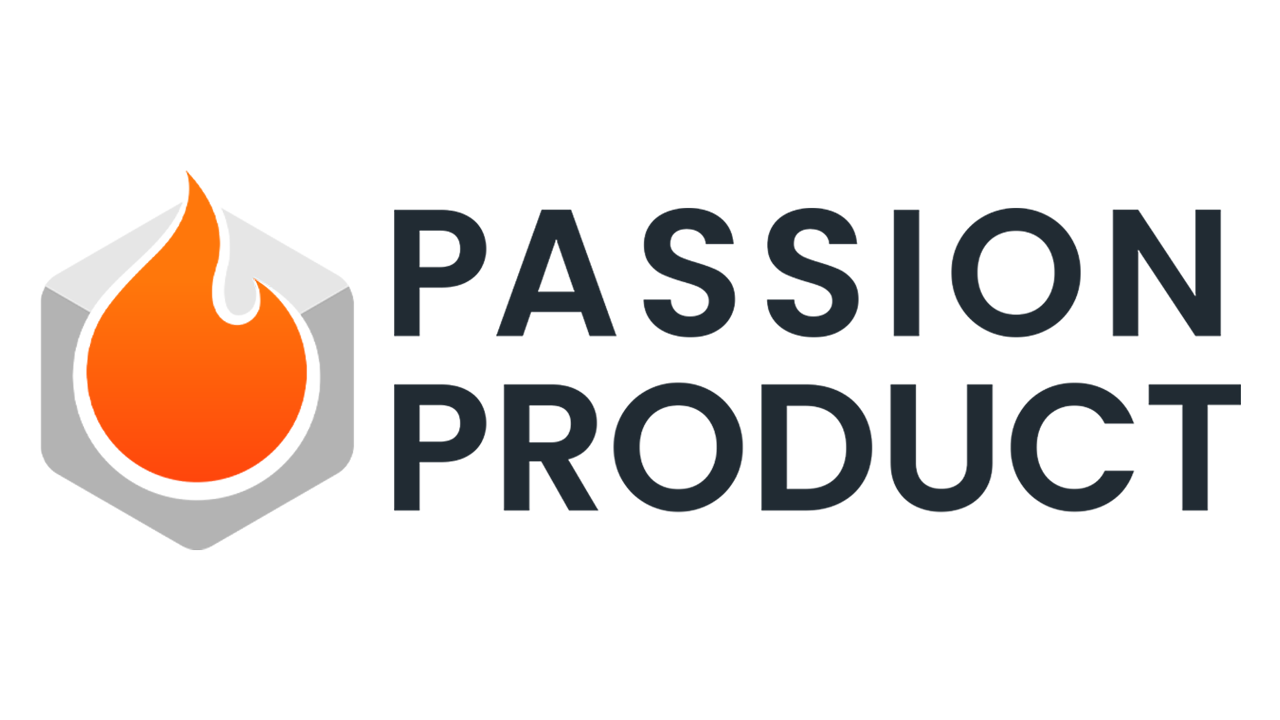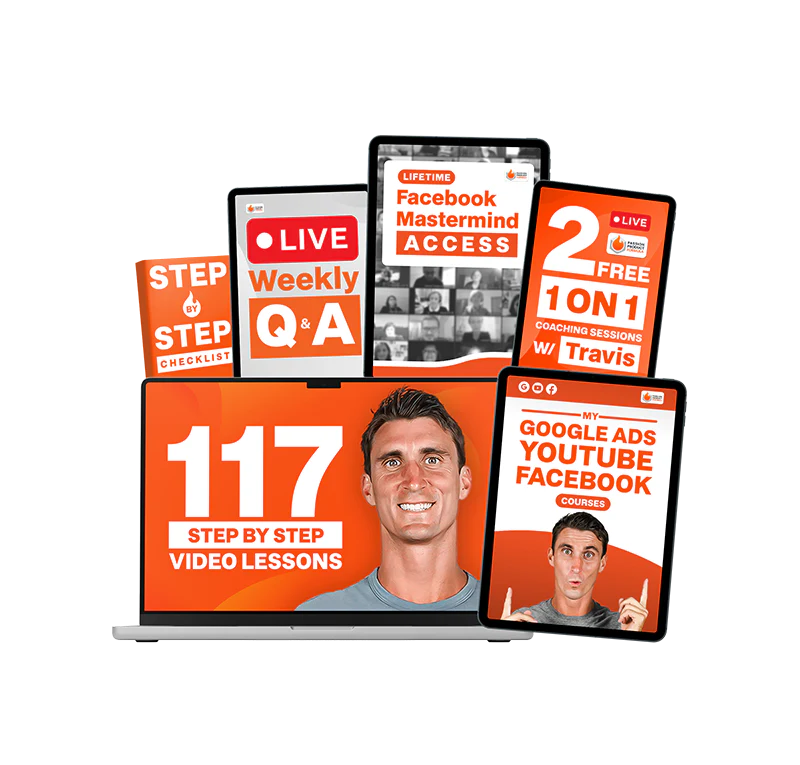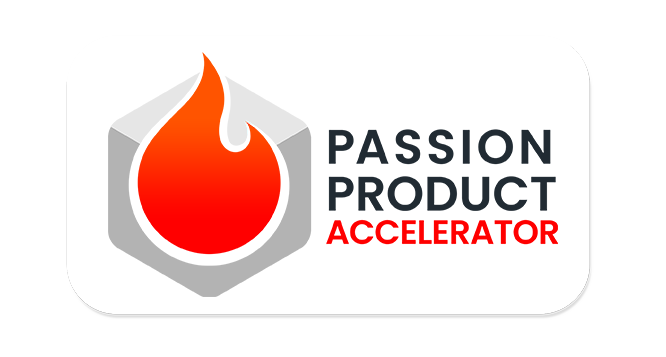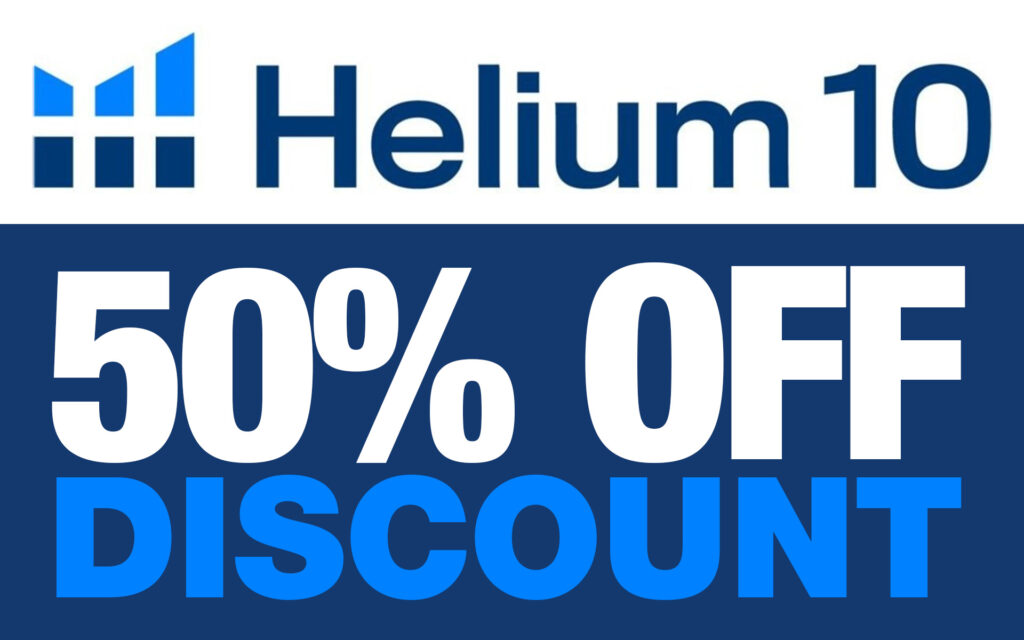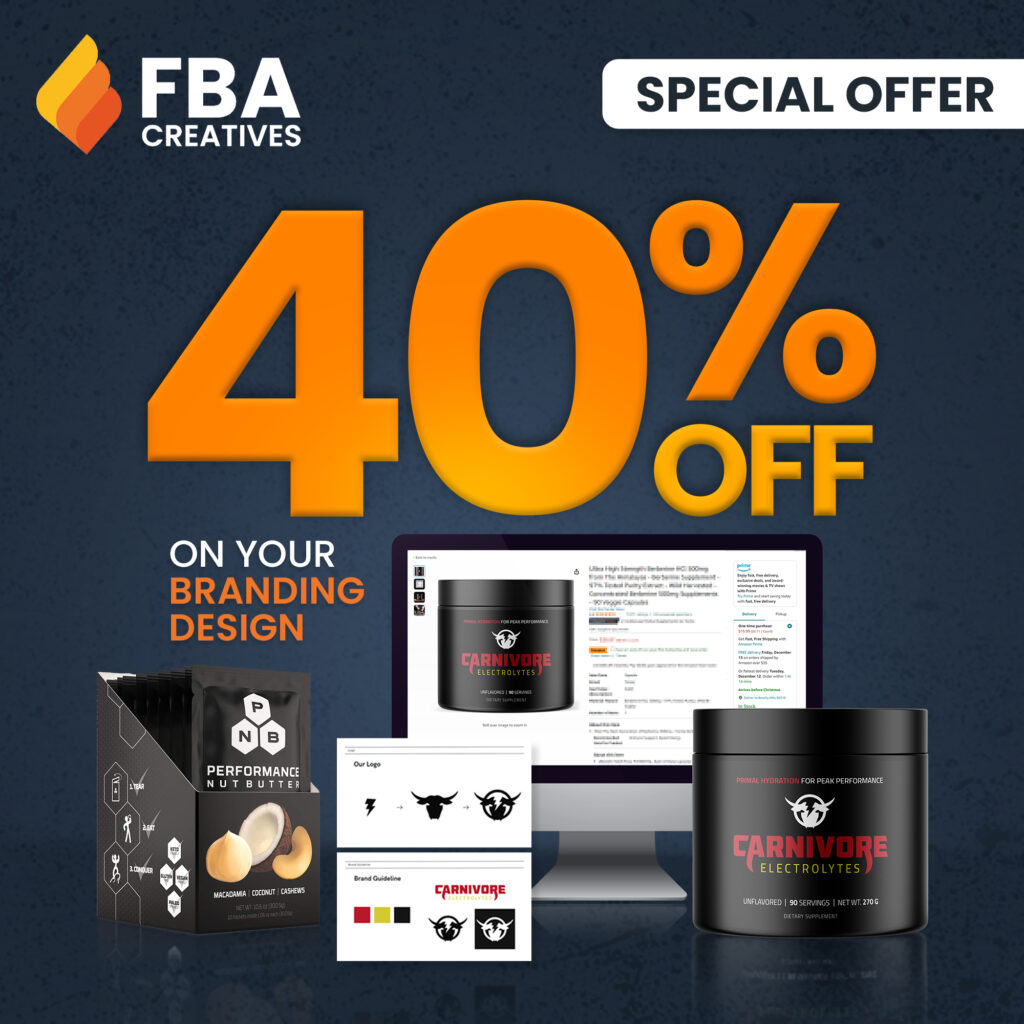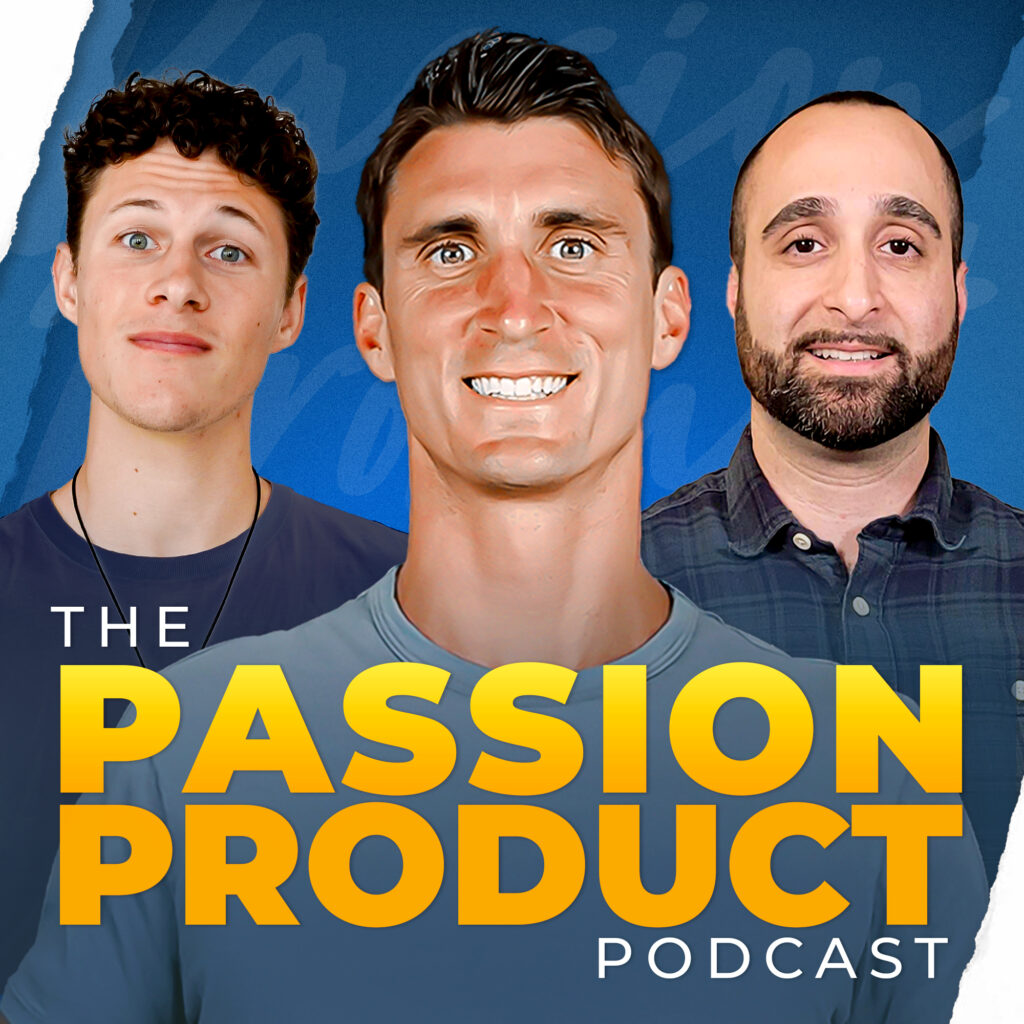These FBA results sound almost too good to be true. Over $500,000 in revenue and more than $200,000 in profit from an Amazon business started in just seven days. Yet, unlike most internet gurus who flash impressive revenue numbers, this case study reveals everything. You’ll see the complete financial breakdown, every expense, and yes, even the mistakes that cost over $100,000 in lost profit. What makes these FBA results particularly compelling is that they happened recently. They directly address the burning question on every aspiring entrepreneur’s mind: Is Amazon FBA actually dead in 2025?
The short answer is a resounding no. These real-world FBA results prove that Amazon FBA remains one of the most viable paths to building genuine passive income and profit. However, success requires more than just following a generic blueprint. It demands understanding the nuances of product selection, pricing psychology, inventory management, and platform dynamics. Moreover, it requires learning from those who’ve already navigated the treacherous waters of e-commerce entrepreneurship.
This comprehensive breakdown goes beyond surface-level tactics. It reveals the day-by-day process of building a six-figure profit business. Furthermore, it exposes the critical mistakes that even experienced entrepreneurs make. These mistakes cost real money and create real setbacks. By understanding both the successes and failures documented in these FBA results, you’ll gain invaluable insights. These insights could save you thousands of dollars in profit and months of frustration. Consequently, you’ll be positioned to launch your own Amazon FBA business with confidence and clarity.
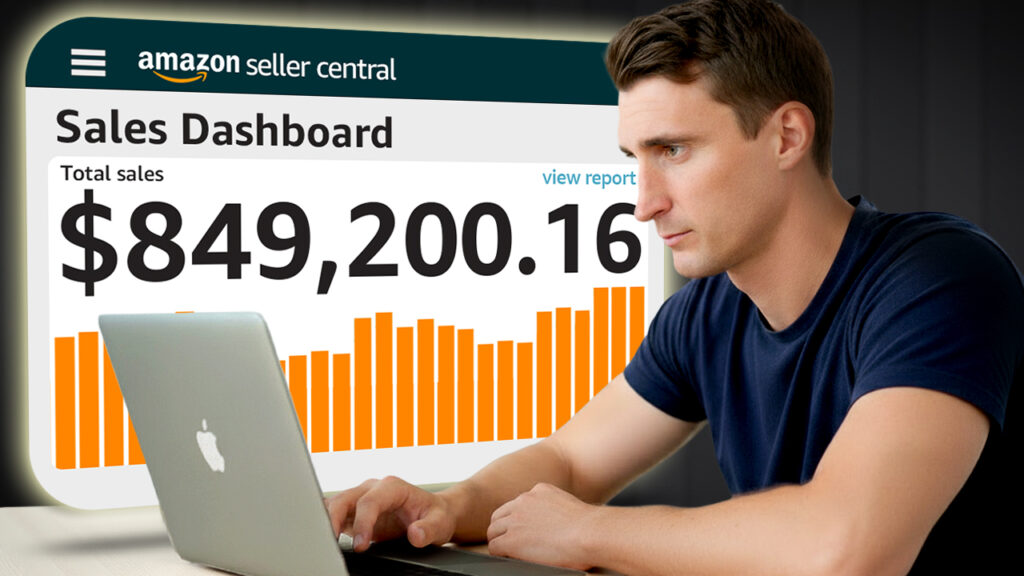
- The Real Numbers: Breaking Down $500,000 in Revenue
- The 7-Day Blueprint: Building an Amazon FBA Business
- Day 1: Product Research – Finding Gold in the Carnivore Niche
- Day 2: Business Setup & Design for Maximum Profitability
- Day 3: Amazon Seller Account Setup
- Day 4: Finding the Perfect Manufacturer
- Day 5: Creating a High-Converting, Profit-Driving Amazon Listing
- Day 6: Shipping to Amazon FBA
- Day 7: Launch Day Strategy for Profitable Growth
- Month-by-Month Profit Results: The Growth Story
- The Three Costly Mistakes (and What You Can Learn)
- Why the Passion Product Formula Drives Profit in 2025
- Essential Tools and Resources
- Taking the Leap: Your Path to Freedom Starts Now
- Frequently Asked Questions
The Real Numbers: Breaking Down $500,000 in Revenue
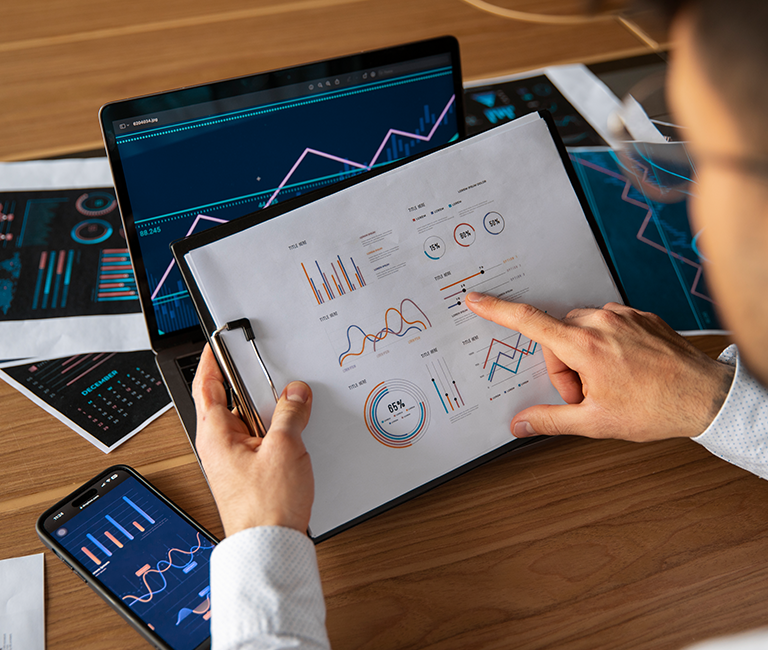
Total Revenue vs. Actual Profit
Revenue numbers look impressive on paper. However, they tell only part of the story. This carnivore electrolyte business generated over $500,000 in total revenue throughout its first year. That sounds extraordinary. The real measure of success lies in understanding what remained after covering every single expense.
After accounting for all costs associated with running this Amazon FBA business, the actual profit landed at approximately $200,000. Consequently, this means that roughly 60% of the revenue went toward various operational expenses. Meanwhile, 40% became pure passive income profit. This profit margin demonstrates the realistic nature of selling physical products on Amazon.
Unlike digital products with minimal overhead, physical product businesses require significant investment. You need inventory, fulfillment, and advertising. Nevertheless, clearing $200,000 in profit during the first year represents an exceptional return. The initial investment was only $5,000. Additionally, this profit came from a business that operated largely on autopilot once the systems were in place. It truly embodied the concept of passive income.
Major Expense Categories
Understanding where the money goes helps aspiring Amazon sellers prepare realistic budgets. It also sets proper expectations. The largest expense category was manufacturing costs, which totaled $93,000 throughout the year. This substantial figure covers all the jars of carnivore electrolytes produced and sold during those twelve months.
Importantly, this money wasn’t spent all at once. The business started with just 500 units costing around $4,000. Then it reinvested profits to order increasingly larger quantities as demand grew. Amazon’s referral fee consumed the second-largest portion of revenue at $71,000. This represents the mandatory 15% commission Amazon charges for every sale made on their platform.
While some sellers complain about this fee, it provides access to over 180 million Prime customers in the United States alone. That’s 300 million worldwide. The third major expense was the FBA pick and pack fee, totaling $64,000. This covered Amazon’s service of storing, picking, packing, and shipping every single order. Furthermore, the business invested $18,000 in PPC advertising to drive traffic and sales. Another $12,000 went toward miscellaneous expenses like storage fees, receiving charges, and virtual assistants.
The Beauty of Passive Income
What makes this business model particularly attractive is how little time it requires once properly established. Amazon handles the heavy lifting in multiple ways. They attract millions of customers to their platform daily, store the inventory in their warehouses, process orders, pack products, and ship them to customers.
Meanwhile, the business owner simply monitors inventory levels. They place new orders with manufacturers when stock runs low. This arrangement creates genuine location independence. It allows entrepreneurs to live anywhere in the world while their business operates 24/7. You can work from beach cafes or mountain retreats. Your business keeps running.
The initial investment of approximately $5,000 covered the first small order of 500 units. It also included various setup costs like LLC formation, design work, and software subscriptions. From that point forward, the business essentially funded its own growth through reinvestment of profits.
Each successful month generated enough cash flow to purchase larger inventory orders. The business gradually scaled from hundreds of units to thousands. This bootstrapping approach proves you don’t need massive capital to start an Amazon FBA business. You just need enough to get started. Then let the business finance its own expansion through smart reinvestment.
The 7-Day Blueprint: Building an Amazon FBA Business

Day 1: Product Research – Finding Gold in the Carnivore Niche
Every successful Amazon business begins with finding the right product. This critical phase is called product research. Using a powerful tool called Helium 10, which costs $79 per month, the search for a profitable product opportunity became remarkably straightforward.
This software reveals exactly what people are searching for on Amazon. It shows how many times they search for it each month. It displays who’s currently selling products to meet that demand. Subsequently, this data allows smart entrepreneurs to identify gaps in the market. You can find where demand exists but supply falls short.
The breakthrough came when the research uncovered something exciting. Over 7,000 people per month were actively searching for “carnivore electrolytes” on Amazon. Even more exciting, virtually no one was selling an electrolyte powder specifically marketed toward people following the carnivore diet. This combination of proven demand with minimal competition created the perfect opportunity.
Within just a few hours of systematic research, the winning product revealed itself. Consequently, this demonstrates that finding profitable products doesn’t require months of analysis. It requires the right tools and a methodical approach to identifying underserved niches.
Day 2: Business Setup & Design for Maximum Profitability
Transforming a product idea into a legitimate business requires proper legal setup. It also demands professional branding. The decision to form an LLC (Limited Liability Company) cost between $200 and $800 depending on the state. However, it provided crucial legal protection.
An LLC separates personal assets from business liabilities. This means that if someone were to sue the business, they couldn’t come after personal belongings. Your home and car remain protected. Alternatively, a DBA (Doing Business As) costs only about $99. It offers no such protection, making the LLC the smarter choice despite the higher initial cost.
Simultaneously, work began on creating the brand’s visual identity. This included logo design and packaging development. Rather than attempting DIY design work, the smart move involved hiring professionals. DIY efforts often result in amateurish-looking products.
FBA Creatives, a company specializing in Amazon brand development, handled everything. They created the logo and the package design. This ensured the product would look professional and competitive on Amazon’s marketplace. This investment in professional design pays dividends. Customers make split-second judgments based on how products look. Premium design communicates quality and credibility instantly.
Day 3: Amazon Seller Account Setup
Creating an Amazon seller account is surprisingly straightforward. You simply visit sell.amazon.com and click the signup button. However, sellers must choose between two account types. The Professional plan costs $39.99 per month. The Individual plan is free but charges $0.99 per unit sold.
The math is simple. If you plan to sell more than 40 units monthly, the Professional plan becomes the more economical choice. Additionally, the Professional plan unlocks valuable features. These include bulk listing tools and detailed analytics that Individual sellers can’t access.
The signup process requires several documents to verify your identity and legitimacy. You need a valid government ID and a recent bank account or credit card statement. You also need a chargeable credit or debit card and a mobile phone number. Amazon asks various questions about your business. This includes what you want to name your store, though this name can be changed later if needed. The entire process takes less than an hour for most people. Once approved, you’re ready to start listing products for sale to Amazon’s massive customer base.
Day 4: Finding the Perfect Manufacturer
Sourcing the right manufacturer separates successful products from failures. This makes this step absolutely critical. For overseas manufacturing, websites like Alibaba.com connect sellers with thousands of factories. These are located in countries like China and India.
Alternatively, entrepreneurs preferring domestic production can use ThomasNet.com. You can also simply use Google. Search terms like “supplement manufacturer” to find United States-based options. Each approach has merits. Overseas manufacturing typically offers lower per-unit costs. Domestic manufacturing provides faster turnaround times and easier communication.
However, the absolute best way to find reliable manufacturers comes through referrals. You want recommendations from people who’ve already succeeded in your niche. One student named Mina had built his own supplement brand. He started with just $1,500 and scaled it to over $4 million in sales.
When asked for his manufacturer’s contact information, he generously shared it. This instantly saved countless hours of vetting and testing. This illustrates a fundamental principle of entrepreneurship. Finding mentors and communities of people who’ve already achieved what you’re trying to accomplish accelerates your success dramatically. You avoid figuring everything out alone.
Day 5: Creating a High-Converting, Profit-Driving Amazon Listing
Your Amazon listing serves as your product’s sales page. It must convince browsers to become buyers within seconds. The listing includes several critical elements. These include a compelling title packed with relevant keywords. You need a main product image that immediately catches attention.
Bullet points highlighting key benefits and features are essential. Competitive pricing matters. Additional product images showing different angles and uses help customers decide. A detailed description rounds out the listing. Each element serves a specific purpose in the customer’s decision-making process. Collectively, they determine whether someone clicks the “Add to Cart” button or moves on to a competitor.
The main image carries enormous importance. It’s what shoppers see first when browsing search results. Your image needs to “pop” visually. It must stand out among dozens of other products competing for attention.
Once customers click through to your listing, every other element must work together. They should answer questions and overcome objections. Why should they choose your product instead of the competition? What makes it better, safer, or more effective? Professional copywriting and design address these concerns strategically. This is why partnering with FBA Creatives again proved valuable. They created the entire listing package. Everything looked polished and persuasive from day one.
Day 6: Shipping to Amazon FBA
With products manufactured and the listing created, the next step involves sending inventory into Amazon’s fulfillment centers. The FBA (Fulfilled by Amazon) program is what makes this business model truly passive. Instead of storing products in your garage, you send everything in bulk to Amazon’s warehouses. You don’t pack boxes every time an order comes in.
They receive it and store it. When customers place orders, Amazon’s employees pick your product from the shelves. They pack it professionally and ship it using their world-class logistics network. Amazon provides detailed instructions and printable labels for this process. This makes it remarkably easy even for first-timers.
You label your boxes according to Amazon’s specifications. You can even schedule UPS to come directly to your manufacturer’s location to pick everything up. The products then travel to Amazon’s fulfillment centers. There they’re checked in and made available for sale.
This system is why Amazon FBA business owners can travel the world. They can work from beach cafes or simply enjoy their time however they choose. Amazon handles all the operational headaches. Meanwhile, the business owner focuses on growth and strategy.
Day 7: Launch Day Strategy for Profitable Growth
Launch day determines your product’s trajectory on Amazon. The platform’s algorithm rewards immediate momentum. The strategy centered on driving as many sales as possible from day one. This involved temporarily discounting the price from its planned $24.99 to just $16.99.
This aggressive pricing attracted early buyers. It generated initial sales velocity. Most importantly, it started accumulating reviews. Amazon’s search algorithm notices when products get lots of sales quickly. It responds by showing those products higher in search results. This creates a powerful snowball effect.
As the product climbs higher in search rankings, it becomes visible to more potential customers. This drives even more sales. More sales push it higher still. This virtuous cycle is why launch strategy matters so much. Products that start strong tend to maintain their momentum. Products that launch weakly often struggle to gain traction.
The first week’s discounted pricing accomplished its goal. It jumpstarted sales and built social proof through early reviews. This set the foundation for the explosive growth that would follow in subsequent months.
Month-by-Month Profit Results: The Growth Story
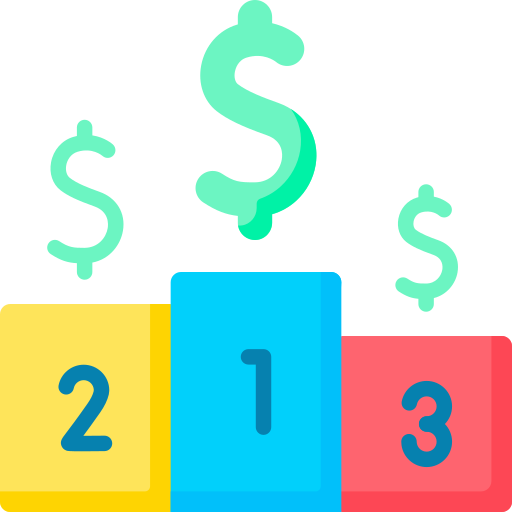
The Early Months (1-3)
The first month brought in over $6,000 in revenue with approximately $2,000 in profit. This exceeded initial expectations for what was essentially a test business. Originally, the projection was for just two to three sales per day. That would be enough to generate a couple thousand dollars monthly in extra income. However, customer response proved significantly stronger than anticipated. This validated the product concept and the market demand identified during research.
Month two saw revenue jump to over $10,000 with nearly $4,000 in profit. This demonstrated accelerating momentum. Unfortunately, this rapid growth revealed a critical miscalculation. The initial order of only 500 units wouldn’t last long enough. Inventory levels were dropping dangerously low, threatening to run out completely.
The immediate solution involved raising prices from $24.99 to $29.99. The expectation was this increase would slow down sales. It would stretch remaining inventory until the next shipment arrived. Surprisingly, sales actually increased despite the higher price. This provided the first hint that this product could command premium pricing.
By month three, revenue climbed to over $15,000 with more than $6,000 in profit. Inventory concerns persisted. The price increased again to $32.99, yet sales continued their upward trajectory. This pattern revealed a crucial lesson about premium products. Customers judge value differently than sellers often expect. When you’re solving a real problem for a specific audience, price becomes less important than quality and effectiveness.
The Acceleration Phase: Scaling Profit (4-8)
Month four marked the beginning of serious financial results. Sales reached $24,000 with over $9,000 in profit. The business was scaling rapidly. Inventory management became a constant balancing act. Each time products sold faster than expected, prices would increase. This would slow demand until new stock arrived.
Month five brought $28,000 in revenue and more than $10,000 in profit. This officially crossed into five-figure monthly profit territory. This milestone meant the business was generating more passive income in a single month than many people earn working full-time jobs.
Months six through eight settled into a consistent pattern. Each brought approximately $28,000 to $29,000 in revenue. Profit ranged from $11,000 to $12,000. During this period, pricing stabilized around $34.99 to $35.99 per unit. This was significantly higher than the original $24.99 launch price.
This consistency demonstrated that the business had found its sustainable rhythm. It was predictably generating over $10,000 monthly in passive income. Moreover, achieving six-figure annual profit at this point validated the entire Passion Product Formula approach. It proved that Amazon FBA absolutely still works in 2025.
The Breakthrough: Peak Profit Months (9-12)
Month nine shattered previous records. Sales reached over $40,000 in revenue and $14,000 in profit. Sales velocity was accelerating again. The price climbed to $37.99—nearly 50% higher than the original planned selling price.
Then month ten delivered results that seemed almost unbelievable. Revenue hit $132,000 with $62,000 in profit in a single month. This explosive growth came from cumulative effects. Strong reviews helped. High search rankings mattered. Amazon’s algorithm increasingly favored the product due to its consistent sales history and customer satisfaction.
Month eleven brought $85,000 in revenue with $40,000 in profit. Month twelve followed with $72,000 in revenue and $28,000 in profit. Although these numbers represented a decline from month ten’s peak, they still far exceeded the earlier months. They demonstrated the business’s substantial earning power.
Additionally, during this period, the product launched on TikTok Shop. This generated an extra $60,000 in revenue and $14,000 in profit. This multi-platform approach created synergy. People discovered the product on TikTok. Many would then search for it on Amazon to purchase. This benefited both channels simultaneously.
The Three Costly Mistakes (and What You Can Learn)

Mistake #1: Underpricing and Losing Profit
The most expensive mistake was starting the product at $24.99 when the market clearly would have supported $37.99 or potentially even higher from day one. This pricing error left massive amounts of money on the table throughout the entire year. Every single unit sold during the early months at lower prices represented lost profit. That money could never be recovered.
Furthermore, gradually increasing prices month by month was better than keeping prices too low. However, it still meant missing out on maximum profitability for an extended period. This mistake stemmed from a common entrepreneur trap. Entrepreneurs underestimate their product’s value. They fear that higher prices will scare away customers.
In reality, premium products targeting specific niches can command premium prices. They solve real problems for people willing to pay for quality solutions. The carnivore electrolyte formula wasn’t competing on price against generic electrolyte powders. It was offering something unique that carnivore dieters specifically needed.
Consequently, the lesson here is to test higher prices earlier. Let the market tell you if you’ve priced too high. Don’t assume low prices are necessary to compete.
Mistake #2: Delaying TikTok Shop Integration
Waiting until late in the year to launch on TikTok Shop represented months of missed revenue. It meant lost growth opportunity. TikTok Shop was emerging as a powerful sales channel throughout the year. Early adopters were seeing tremendous results. By hesitating to expand beyond Amazon, the business left money on the table. Competitors potentially established themselves on the platform first.
The $60,000 in revenue and $14,000 in profit generated during just a few months on TikTok Shop demonstrated what was missed by waiting. The hesitation came from comfort with Amazon’s familiar platform. There was also uncertainty about managing multiple sales channels.
However, the synergy between TikTok and Amazon actually made the multi-platform approach more powerful than either alone. People who discovered the product through TikTok videos often preferred purchasing through Amazon. They trusted Amazon and found it convenient. Meanwhile, the TikTok presence built brand awareness that drove additional Amazon sales.
Therefore, the lesson is to diversify your sales channels early. Don’t put all your eggs in one basket, even when that basket is as reliable as Amazon.
Mistake #3: Not Launching More Products Earlier (The $100,000+ Profit Loss)
The biggest mistake of all wasn’t about this specific product. It was about opportunity cost. For several years before launching carnivore electrolytes, there was a gap. No new Amazon products were being launched during that time. The focus shifted toward teaching and partnering with students. This was fulfilling and valuable.
However, each year without launching new products represented hundreds of thousands of dollars in potential passive income that never materialized. If even two or three additional products had been launched during those years, the total profit could have been dramatically higher. This mistake created feelings of shame and inadequacy.
Here was someone teaching Amazon FBA while not actively building new Amazon businesses themselves. The rationalization was that teaching brought more fulfillment than making more money. That had truth to it. Nevertheless, the realization hit hard that teachers must remain practitioners to stay effective.
You can’t teach cutting-edge strategies if you’re not actively executing them yourself. Consequently, the commitment moving forward involves continuously launching new products. This isn’t just for the money. It’s to maintain credibility, stay current with platform changes, and provide students with real-time insights from active
businesses.
Why the Passion Product Formula Drives Profit in 2025
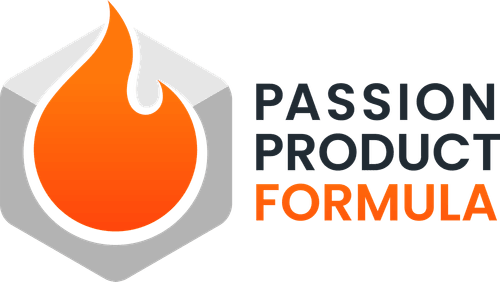
Debunking the “Amazon FBA is Dead” Myth: Real Profit Data
The skeptics claim that Amazon FBA is dead, saturated, or no longer profitable for new sellers. This $500,000 first-year business completely demolishes those myths with hard evidence. The results prove that not only does Amazon FBA still work, but it works exceptionally well. You need to approach it strategically using the Passion Product Formula.
This success wasn’t a fluke. It wasn’t the result of unfair advantages. It came from following a systematic process that anyone can replicate with the right guidance and commitment. Statistics support this optimism. Over 40% of all Amazon sellers generate more than $100,000 annually. This demonstrates that significant income on the platform isn’t rare. It’s not reserved for the lucky few.
Real people with real success stories prove the model works across different niches and products. AJ achieved over $500,000 in first-year sales with cocktail cards. Mina built $4 million in supplement sales starting with $1,500. Will generates $60,000 annually with Rocket Tea. These aren’t celebrity entrepreneurs with massive followings. They’re ordinary people who learned the system and executed it consistently.
Amazon’s Fundamental Advantages for Profitability
Amazon’s fundamental advantages make it an ideal platform for passionate entrepreneurs. The company boasts over 180 million Prime members in the United States alone. That’s over 300 million worldwide. This provides instant access to an enormous customer base.
Amazon is a $2 trillion company. They spend billions on marketing and infrastructure to attract customers and facilitate purchases. That 15% referral fee provides tremendous value when you consider what you’re getting. You’re plugging into their massive ecosystem. You’re not building traffic from scratch like you would with your own e-commerce website.
The key differentiator for successful sellers in 2025 is finding underserved niches with proven demand. Mass market, commodity products remain highly competitive. They’re difficult to profit from without huge capital. However, specialized products targeting specific passionate communities offer sustainable competitive advantages.
Think about carnivore dieters, specific hobbyists, or niche health niches. When you create products that genuinely serve a passionate audience’s needs, you’re not competing primarily on price. You’re not fighting against generic alternatives. Instead, you’re offering unique value that commands premium pricing and builds loyal customer bases.
Essential Tools and Resources

Software and Services That Accelerate Success
Success in Amazon FBA doesn’t require reinventing the wheel. It requires using the right tools and learning from those who’ve already succeeded. Helium 10 stands out as the essential tool for product research. It provides data on search volume, competition levels, and market opportunities. This information would be nearly impossible to gather manually.
While the $79 monthly subscription might seem expensive when starting out, it pays for itself many times over. It helps you avoid unprofitable products. It identifies genuine opportunities like the carnivore electrolyte gap. FBA Creatives eliminates the design bottleneck that trips up many technically-minded entrepreneurs. These entrepreneurs lack visual design skills.
Their expertise in creating Amazon-specific branding, packaging, and listing optimization means your products look professional from day one. Professional design isn’t just about aesthetics. It directly impacts conversion rates and customer perception of quality. Investing in professional design work typically delivers returns far exceeding the cost. You achieve higher sales and the ability to command premium pricing.
The Power of Community and Mentorship
Beyond tools, accessing proven manufacturer relationships accelerates your path to market. Building a network of reliable manufacturers through referrals shortens the normally lengthy vetting process. Similarly, connecting with communities of successful sellers provides invaluable insights. You get troubleshooting help and motivation during challenging periods.
The complete Amazon FBA program offers all these connections plus step-by-step guidance. You get support through every phase of building your business. However, a comprehensive free 10-hour YouTube course provides the foundational knowledge. This works for those wanting to start learning without financial commitment.
The choice between free resources and premium programs ultimately depends on your learning style and timeline. Self-directed learners who enjoy researching and problem-solving can absolutely succeed using free content. The path typically takes longer though. People who value structured guidance, direct access to mentors, and pre-vetted resources often find premium programs accelerate their results dramatically.
Either way, the most important resource is your own commitment to taking consistent action. Don’t remain stuck in endless research mode.
Taking the Leap: Your Path to Freedom Starts Now
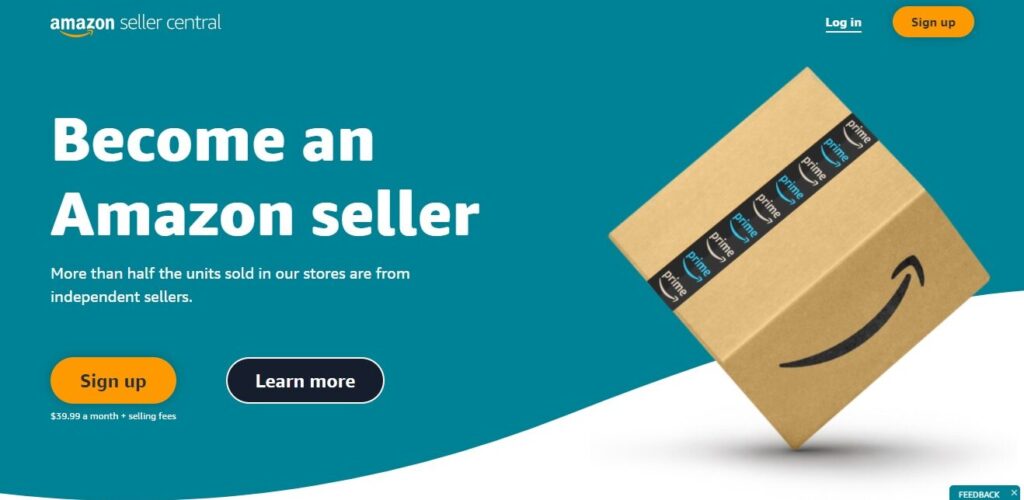
The Reality of Building Passive Income
This journey from $5,000 investment to $200,000 in first-year profit demonstrates what’s possible. You combine the right business model with systematic execution. Amazon FBA isn’t a get-rich-quick scheme requiring no work. It demands genuine effort upfront to research products. You need to establish relationships with manufacturers and create professional listings.
However, once those systems are in place, the business operates with remarkable efficiency. It generates passive income while you sleep, travel, or pursue other interests that matter to you. The freedom lifestyle that Amazon FBA enables extends far beyond just making money from anywhere. It represents liberation from the corporate prison that traps millions in unfulfilling jobs. People trade time for money with no path to financial independence.
When your business generates $10,000, $20,000, or more monthly in passive income, you control your schedule. You choose where you live and decide how to spend your precious time, take a Wednesday afternoon off without asking permission, You can travel for months without requesting vacation days and You can simply work a few hours weekly while your business runs itself.
Creating Real Security Through Ownership
Building passive income through Amazon FBA is ultimately about creating options and security in an increasingly uncertain world. Corporate jobs offer the illusion of security. Then layoffs happen, industries change, or companies relocate. Your own profitable product business provides real security because you control it.
The skills you develop transfer to future products and opportunities. Each successful product you launch strengthens your expertise. It expands your network and increases your passive income. This creates compound benefits over time.
The question isn’t whether Amazon FBA works in 2025. The evidence clearly proves it does. The real question is whether you’re ready to take action and build something meaningful for yourself. The free 10-hour course provides everything you need to get started without spending a dollar. This removes any excuse about lack of resources.
Thousands of people have followed this exact path to six and seven-figure businesses. Your turn starts the moment you decide that freedom matters more than comfort. You must be willing to invest seven days of focused effort. This could potentially change your financial future forever.
Frequently Asked Questions
How much money do I really need to start an Amazon FBA business?
You can start an Amazon FBA business with $3,000 to $5,000, though having $5,000 to $7,000 provides more comfortable cushion. This covers your initial inventory order, LLC formation, design work, software subscriptions, and your first month’s fees. The business then funds its own growth through reinvestment of profits from early sales.
Is Amazon FBA actually passive income or does it require constant work?
Amazon FBA requires 20-40 hours of upfront work during research, setup, and launch phases. Once your product is live and selling, ongoing work reduces to just a few hours weekly monitoring inventory and placing reorders. Amazon handles all customer service, returns, shipping, and fulfillment.
What if my product doesn’t sell or fails completely?
Product research using Helium 10 dramatically reduces failure risk by validating demand before you invest. If a product underperforms, you can adjust pricing, improve your listing, increase advertising, or liquidate remaining inventory and apply lessons to your next product. Most successful sellers view underperforming products as valuable education rather than failure.
Can I really build this business in just seven days?
The seven-day timeline is aggressive but achievable with focused daily work and quick decision-making. Most people spread the process over two to three weeks while managing other commitments. The key phases can absolutely be completed within seven days if you take fast action and have manufacturers who can produce quickly.
Do I need to quit my job to start an Amazon FBA business?
Absolutely not—Amazon FBA is ideal for people with full-time jobs because it requires minimal ongoing time once established. You can research and set up your business during evenings and weekends, launch it while employed, and let it run alongside your job. Many sellers only quit after their Amazon income exceeded their salary.
What about all the competition on Amazon? Isn’t it too saturated?
Amazon is competitive, but it’s a $2 trillion marketplace with room for well-differentiated products. The key is finding underserved niches rather than competing in mass-market categories. When you target specific passionate communities with specialized products, you compete against fewer sellers serving customers who value quality over lowest price.
How long until I see profits from my Amazon business?
Most sellers see first sales within days or weeks of launching, though profitability depends on pricing and reorder timing. This carnivore electrolyte business generated approximately $2,000 profit in its first month. Products with solid fundamentals typically reach sustained profitability within three to six months.
What happens if Amazon changes their policies or fees?
Amazon periodically updates policies and fees, which is why diversifying across multiple products and platforms provides protection. The fundamentals of finding good products and serving customers remain constant regardless of policy changes. Staying connected with seller communities helps you adapt quickly to changes.
